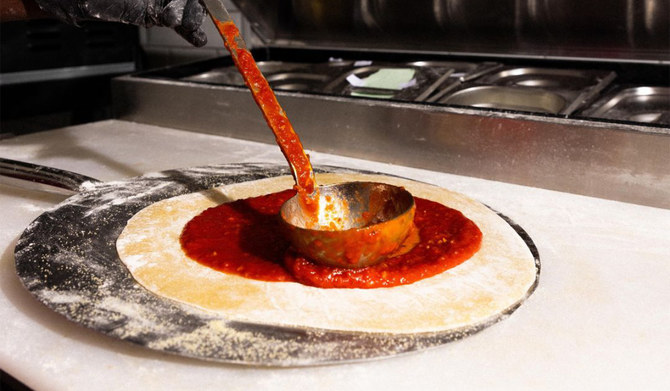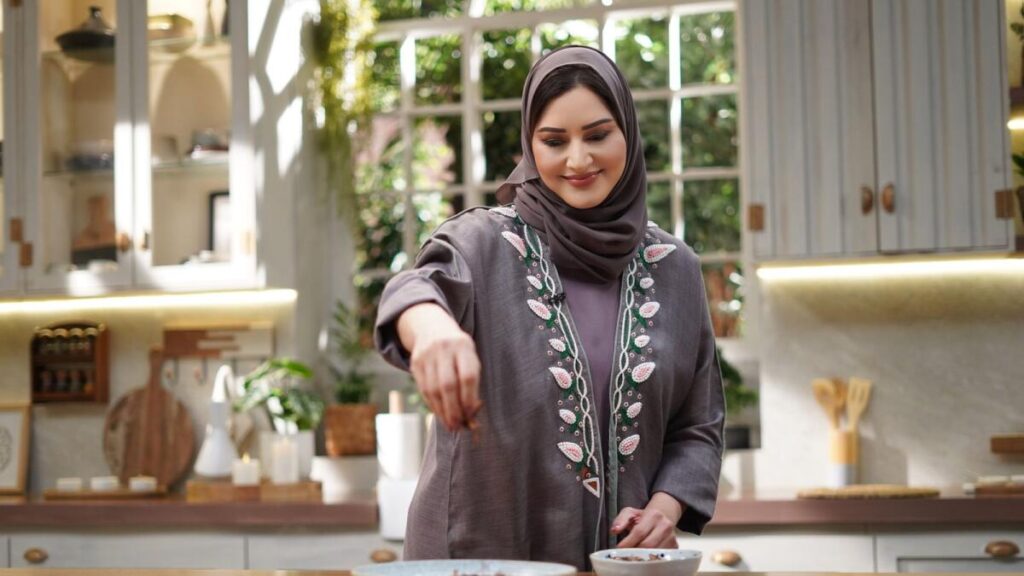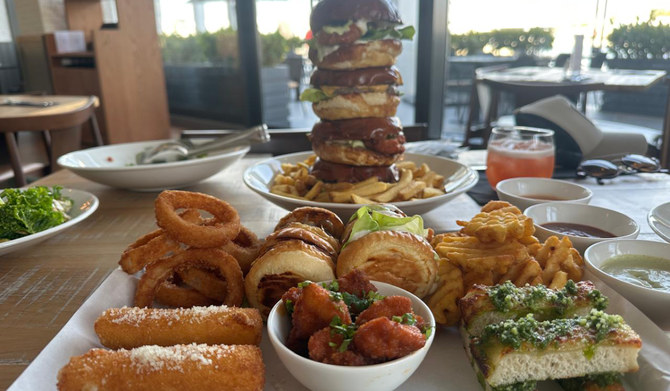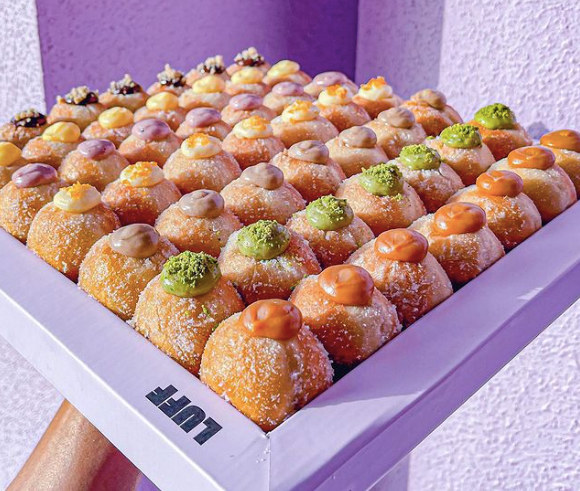
Rachel Roddy
A few years ago, we were driving along Circonvallazione Ostiense when the smell of roasting coffee flew in the car window. It was morning in an area bursting with bars – so not unusual, except that the smell was unusual: thick, like toast, beef, coal and toffee. Our noses twitched and we threw around guesses as to where it was coming from. But we were also late.
A few months later, Corrado, who runs a stall in Testaccio market, got new coffee in: gold packets from Torrefazione San Salvador di Luigi Pinci. Not only was it my type, it was the answer to the question of what had come through the window. A few days after that, we drove back to Garbatella, to find Luigi Pinci.
It began in 1901, when Luigi’s grandfather, also Luigi Pinci, took a job as caretaker at Torrefazione La Pallavicini in via Benzoni, which back then was “the most beautiful coffee roaster in Rome”. The job came with accommodation, for children and then grandchildren, one of whom was Luigi, born in 1934, “praticamente sui sacchi di caffè” (practically on the coffee bean sacks), which is where he has stayed ever since.
In the early 1970s, married with children, Luigi leased the shop on Piazza Attilio Pecile. For 40 years, it was a general alimentari, selling bread, cheese, salami and dried goods. But, above all, it was a torrefazione, a wood-fired coffee roaster, that, according to a fortunate friend who grew up nearby, offered swirling euphoria. In 2015, three generations decided to focus even more closely on what they did best, namely, the torrefazione, and change the store into a cafeteria – the nicest in Rome, in my opinion.
Now 84, Luigi goes to bed, dreams and wakes up thinking of roasting. When I ask what coffee means to him, he says: everything. Assisted by his wife, Rita, children Elisabetta and Claudio, and granddaughter Martina, he still pulls on his brown jacket and roasts three times a week. The miscela, or mix of beans, is the combination taught to him by his grandfather and father, and shaped by a lifetime of buying beans from good suppliers and roasting.
The roaster looks a bit like a stream train – a cylinder over a base that includes the small wood oven. A vacuum-like tube shoots from the top of the cylinders, arches across the room and ends in the vat, the mouth where the beans are tipped. They are then sucked into the roaster cylinder, which tumbles, ensuring the beans are roasted evenly. It takes about 22 minutes (as opposed to four in industrial roasting). Every so often, Luigi sticks an apple-corer-like-tool into the side of the cylinder to extract a few beans, checking their progress from green to rich brown. Once roasted, the beans waterfall into a wide plate, where a metal arm pushes them into a funnel. But not before Luigi looks over them. Beans are ground to order at the long bar.
I am writing this on a hot day in a smelly city. The answer to which is cold coffee – sadly not at, but at least inspired by, Torrefazione SS, which doesn’t (unlike most bars) have a bottle filled with espresso, possibly sweetened, ready in the fridge. Neither are they rude about places or people that do – just clear that it isn’t good enough for their coffee.
They serve three types of caffè freddo. The first is caffè in ghiaccio, for which – so the contrasting effect is all yours – they give you a small jug of espresso and a glass with five or six cubes of ice, so you take charge.
The second is caffè leccese, in the style of Lecce in Puglia. Again, you are given a jug of espresso and a glass with ice and a centimetre of almond syrup, which clouds the coffee to dark tan – maybe not one for coffee aficionados, but certainly one for me (if you can’t find the syrup, almond milk is almost as nice).
The third option is caffè shakerato, which involves hot coffee, sugar to taste and ice, blended into a froth that settles into two tones. Claudio suggests making it in a jam jar at home: a single espresso, a spoonful of sugar and five ice cubes, lid on tight and shake like mad. They serve this in a martini glass, so I do, too, for glamour, then I raise it to the Pinci family.
Courtesy: theguardian
The post Rachel Roddy’s recipes for iced coffee three ways appeared first on The Frontier Post.








